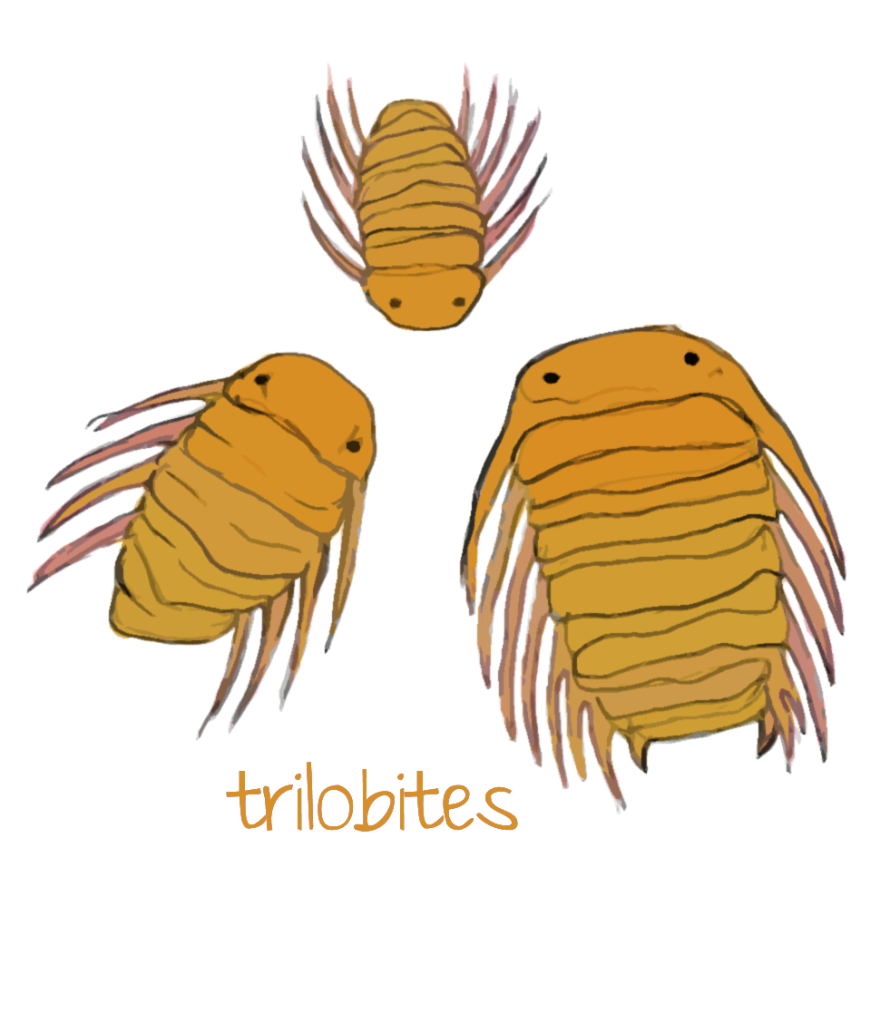Thursday, May 12, 2011
Auroch
Julius Caesar wrote about aurochs, "...those animals which are called uri. These are a little below the elephant in size, and of the appearance, color, and shape of a bull. Their strength and speed are extraordinary; they spare neither man nor wild beast which they have espied. These the Germans take with much pains in pits and kill them. The young men harden themselves with this exercise, and practice themselves in this sort of hunting, and those who have slain the greatest number of them, having produced the horns in public, to serve as evidence, receive great praise. But not even when taken very young can they be rendered familiar to men and tamed. The size, shape, and appearance of their horns differ much from the horns of our oxen. These they anxiously seek after, and bind at the tips with silver, and use as cups at their most sumptuous entertainments."
Tuesday, March 1, 2011
Quagga: Half Zebra half horse
Above is my illustration for an extinct African subspecies of the zebra, called the Quagga.
________________________________________
[as taken from wikipedia] The quagga (Equus quagga quagga) is an extinct subspecies of the plains zebra,[2] which was once found in great numbers inSouth Africa's Cape Province and the southern part of the Orange Free State. It was distinguished from other zebras by having the usual vivid marks on the front part of the body only. In the mid-section, the stripes faded and the dark, inter-stripe spaces became wider, and the rear parts were a plain brown. The name comes from a Khoikhoi word for zebra and is onomatopoeic, being said to resemble the quagga's call. The only quagga to have been photographed alive was a mare at the Zoological Society of London's Zooin Regent's Park in 1870.
The quagga was the first extinct creature to have its DNA studied.
Above is a perserved Quagga foal hide.
After the very close relationship between the quagga and surviving zebras was discovered, the Quagga Project was started by Reinhold Rau (1932–2006) in South Africa to recreate the quagga by selective breeding from plains zebra stock, with the eventual aim of reintroducing them to the wild.[3]
Here's some zebra mixes that are alive today:
Friday, February 18, 2011
Thursday, February 17, 2011
Comps
Irish Elk Color and Value Comps
I chose the one with the most dramatic lighting as it not only
intensified the action but it also added more space to the foreground.
I'm also leaning towards reddish hues to make my viewer think of
blood or pain, so this chase seems more vicious.
Thursday, February 3, 2011
Irish Elk Project
The Irish Elk was the largest deer that ever lived. The species died out 7,700 years ago and extended all across Eurasia, from Ireland to Lake Baikal during the Late Pleistocene period. It stood about 6.9 feet at its shoulder and had the largest antlers ever found. The maximum length was found at a 12 foot spread. One of the theories for the reason it died was due to its large antlers it was limited in finding cover in forests or other shelter.
- I'm assigning myself a dramatic scene of an Irish Elk being pursued by Dire Wolves, which also went extinct but did outlive the elk. It will be 17x11 or larger, and will need to have at least 3 or more characters within the piece.
The Dire Wolf existed for about 1.79 million years and was found around North America and South America. It is closely related to the Gray Wolf. And it actually coexisted with the Gray Wolf in North America for about 100,000 years but surprisingly became extinct. It is theorized it died out because of the arrival of humans in which, hunted their big game animals they depended on. Also, their smaller relative, the Gray Wolf, was faster and could hunt the faster game so it is possible that the Dire Wolf became a scavenger for those 100,000 years it lived with the Gray Wolf.
M Y S K E T C H E S :
- Above might be the final composition - we will see later in the week :)
- A
Subscribe to:
Posts (Atom)



























